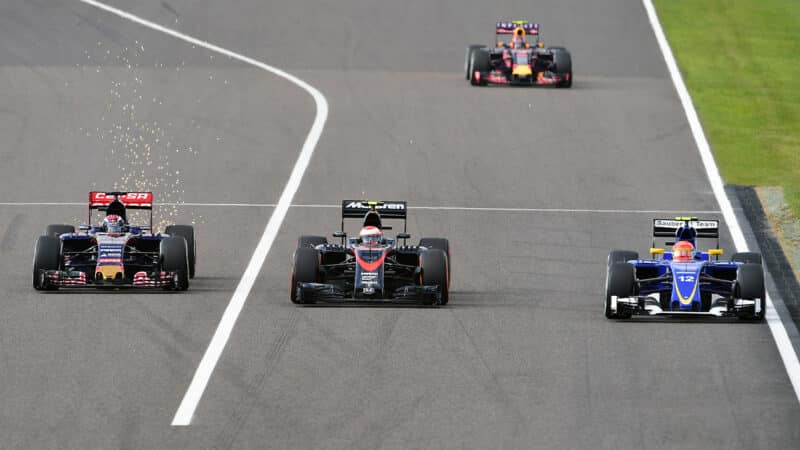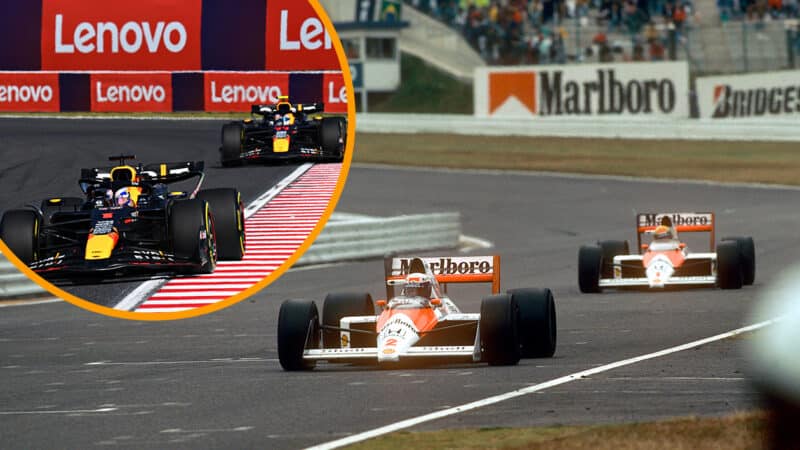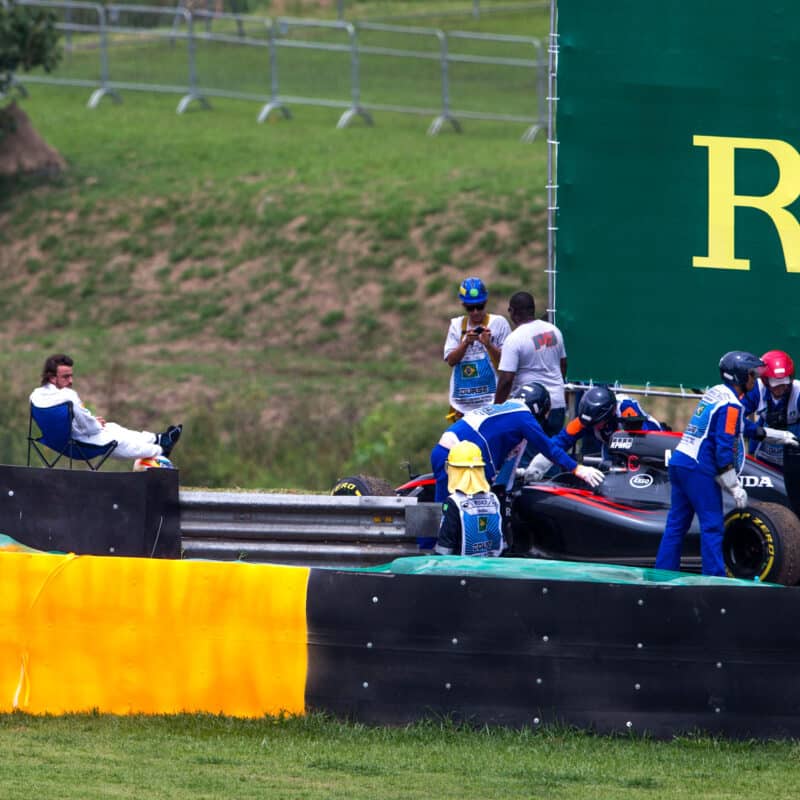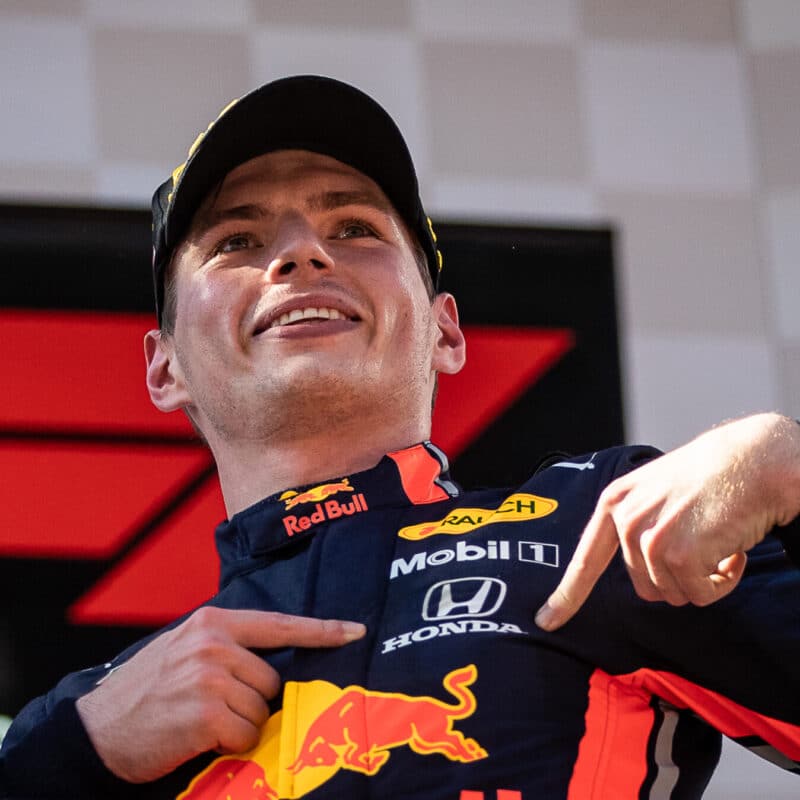Ironically, the title-clinching implications of the race’s late-season placement in the calendar (until this year) has been responsible for the loss of at least one of the wins, maybe two, which would otherwise have been nailed-on. The collisions between Senna and Prost in the races of 1989 and ’90 as they fought out the destiny of the world championship might conceivably have yielded two Honda wins which otherwise elude the record books (though Prost was fighting for the win in a Ferrari in ’90).
Honda’s golden period of F1 dominance with Williams and McLaren lasted from 1986 to 1991 and thereafter Renault was in the ascendancy and by ’93 Honda was gone from F1. Since that time it has made two returns. That of 2001-08 didn’t trouble the record books, but that of 2015-date has been a remarkable one, with a truly awful start in the back of the 2015 McLarens building to an all-time record-breaking dominance in partnership with Red Bull. Last year it even repeated its own ‘every race except one’ victory seasonal tally of 1988, but did so with a longer sequence of unbroken wins than any in history.
Indeed the partnership has been so successful it even escaped Honda’s attempts at leaving F1 again. It was supposed to bow out at the end of ’21, but a pro-F1 core in the racing arm worked in conjunction with Red Bull at overturning that decision, with the help of greatly re-aligned financial terms. In the era of frozen technical specs, it became feasible for Honda to become more of a paid supplier rather than a technical partner and in the first part of ’22 there was not even any Honda badging on the cars. That arrangement (but with the badges) continues through to the end of this formula. The ’26-on Honda programme (with Aston Martin) will be a sort of hybrid of those two business models, with the factory conceiving and developing the engines rather than just producing them, but on a paid supplier basis.

Jenson Button planted in the middle of Suzuka straight in 2015, between Max Verstappen, driving for Toro Rosso, and the Sauber of Felipe Nasr
Grand Prix Photo
Back in 2015, with Honda in its first season back still struggling to get to grips with the nuances of the hybrid formula, it endured a particularly embarrassing home race. Their energy recovery system was sorely inadequate and the small turbo which had enabled the ‘size zero’ packaging in the McLaren brought further efficiency losses. Given that Suzuka doesn’t feature much in the way of braking over the lap, the battery was being starved and the car would suddenly lose the 160bhp of electrical assistance very early on the straights. Given it was already around 40bhp down to the other PUs, that 200bhp offset as it ran out of deployment made the car something of a hazard on the straights, potentially catching drivers of other cars on full deployment by surprise.
Both Jenson Button and Fernando Alonso were deliberately positioning themselves in the middle of the track down the straights – not for defensive purposes, but so to give following drivers the space to take evasive action when the deployment suddenly stopped. But it was Alonso who really rubbed in that pain by twice complaining after being overtaken that it was embarrassing, that he felt like he was driving ‘a GP2 engine’, surely knowing that such comments would be broadcast for the world – and Honda – to hear.




